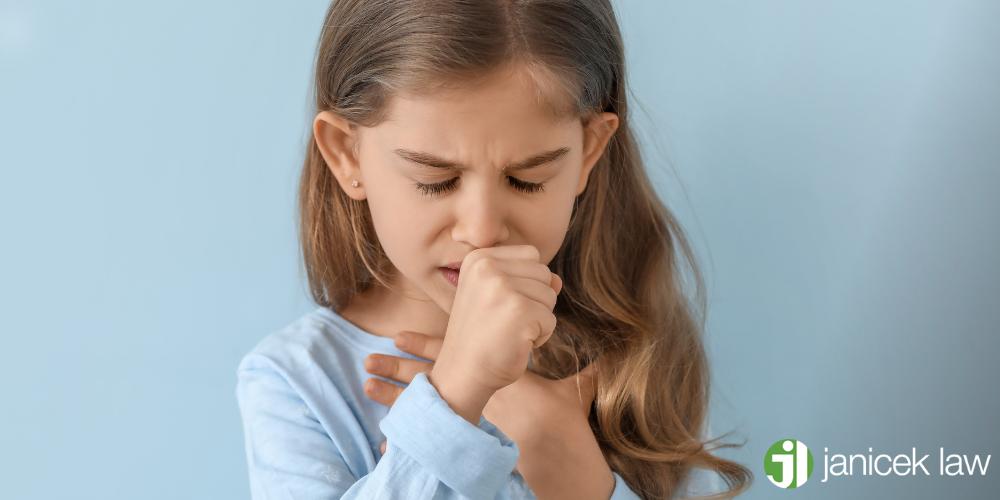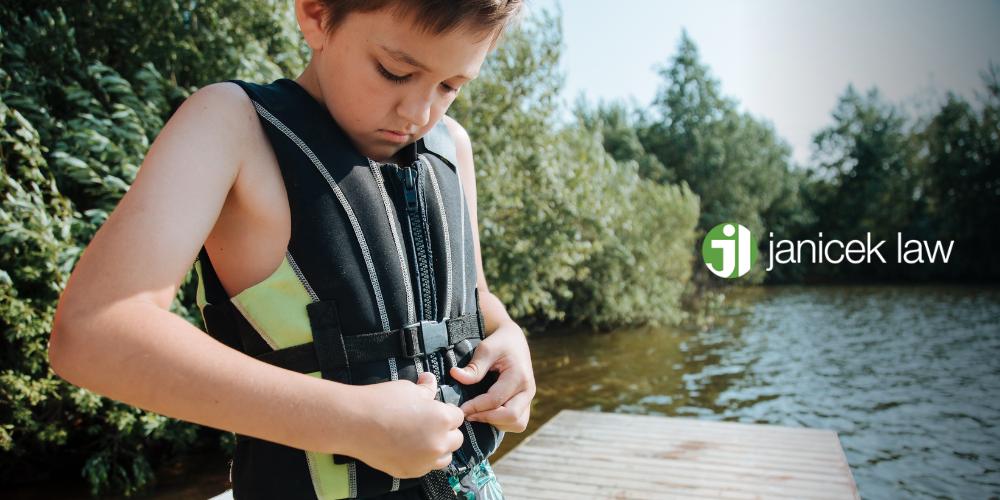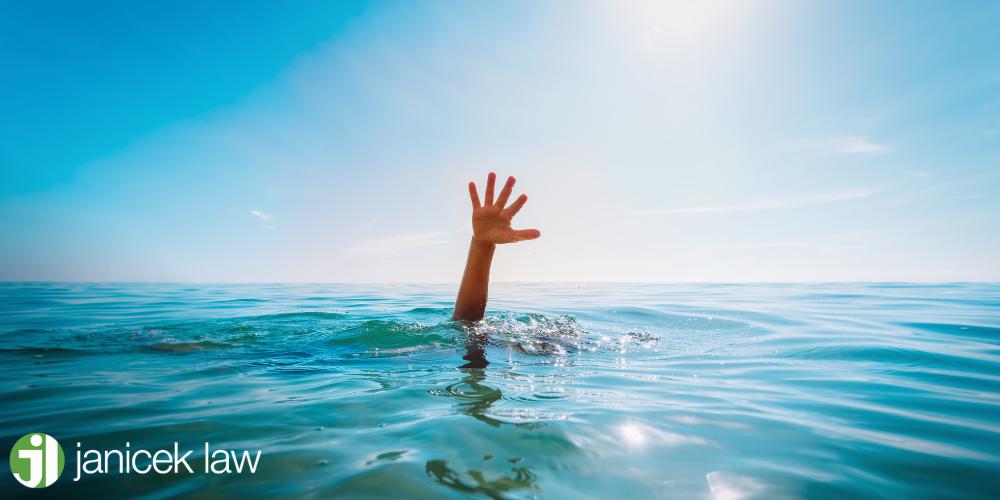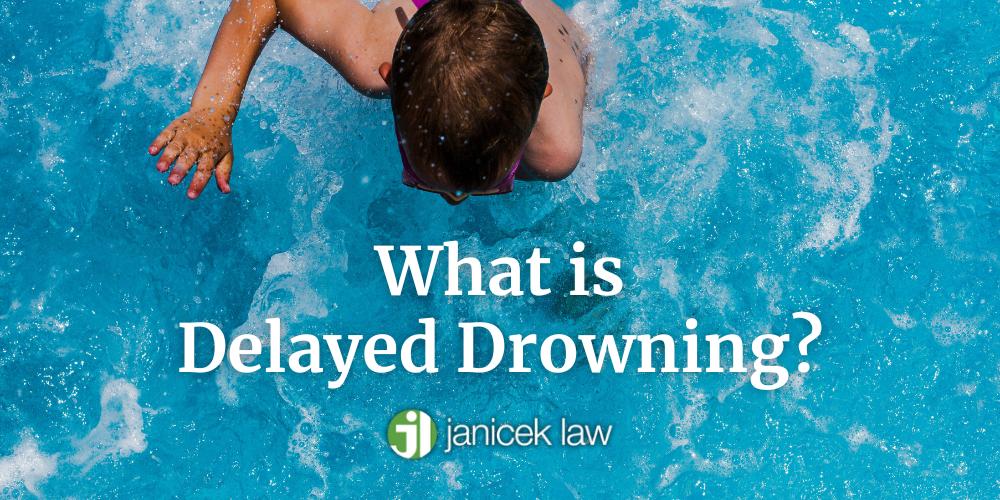Drowning accidents are terrifying, especially when they involve small children who can’t help themselves. However, when children survive drowning accidents, they may not be completely safe from injury. In fact, they may require medical help in the hours and days following the accident as a result of “delayed drowning.” Delayed drowning, or secondary drowning, occurs when water enters the lungs, causing progressive swelling that makes it more and more difficult to breathe as time goes on.
While adults can’t have full control over what their children do, they can still take proper precautions to ensure that any children in or around a body of water are safe. When they fail to take these water safety precautions, they can cause serious injuries and even death.
If your child was in a near-drowning or drowning incident as a result of someone else’s negligence, you may be able to receive compensation from the person, or people, responsible. The San Antonio personal injury lawyers at Janicek Law can help you file a personal injury claim against the parties responsible, so you can seek justice. Call us at 210-366-4949 to schedule a free consultation with a member of our team.
How Many Children Drown Every Year in the U.S.?
According to the Centers for Disease Control, there are an estimated 4,000 drowning deaths every year in the United States, which equates to about 11 drowning deaths per day. Children account for approximately 25% of those fatal drownings. Additionally, drowning is the number one leading cause of death in children ages 1-4, and most of these drownings occur in a swimming pool.
What is Delayed Drowning?
Delayed drowning, also known as secondary drowning, is used to describe the delayed symptoms children may experience after a near-drowning event. Delayed drowning occurs when water enters the lungs, causing a condition called pulmonary edema. Pulmonary edema, or “wet lung,” occurs when water causes the small air sacs in the lungs to swell and become inflamed, which can prevent oxygen from entering the bloodstream.
If a child inhales a small amount of water in a near-drowning incident, they will most likely cough it up or spontaneously recover. If they inhale a significant amount of water, however, they may suffer from delayed drowning.
Symptoms of delayed drowning will often not appear right away, hence why it’s called “delayed” drowning. Symptoms can occur in the hours or days following the incident, but they usually occur within the first 6 hours. If your child was in a near-drowning incident, it’s important to keep an eye on them for the first 6 hours following the accident, to ensure any secondary drowning symptoms don’t go unnoticed.
Secondary drowning is rare; in fact, a case review of near-drowning accidents revealed that only about 5% of all of the cases they reviewed resulted in secondary drowning symptoms. These symptoms can include difficulty breathing, persistent coughing, chest pain, and more.
Delayed Drowning vs. Dry Drowning
Secondary drowning is very similar to another out-of-water drowning complication, called dry drowning. Dry drowning occurs when a child inhales water through their mouth or nose, which causes the muscles in their airway to spasm. When the vocal cords spasm and refuse to relax, they can cause a child’s airway to be completely blocked, preventing them from breathing.
Dry drowning and secondary drowning symptoms are relatively similar, and can both cause trouble breathing, persistent coughing, and chest pain. While they may present in similar ways, the main difference between them is whether or not there is water in the lungs. Dry drowning is called “dry” because the water does not enter their lungs. Regardless of whether a child is suffering from dry drowning or secondary drowning, if a child is exhibiting any symptoms of either condition, parents should seek medical attention for their child as soon as possible.

Secondary Drowning Symptoms
Secondary drowning symptoms include:
- Fast breathing
- Labored breathing
- Persistent coughing
- Chest pain
- Fatigue
- Vomiting
- Irritability
Treatment for Delayed Drowning
When a child begins to exhibit dry drowning and secondary drowning symptoms in the hours after a near-drowning event, their parents should seek medical care for them as soon as possible. If the symptoms are mild, the parents should call their child’s pediatrician. If they are more serious, however, the parents should take their child to the emergency room. An emergency health care provider can check the child’s vital signs and may even perform a chest x-ray to assess the child’s condition.
Depending on the severity, the emergency department of the children’s hospital may require additional medical treatment. For example, if the child is having trouble breathing, or their oxygen level is low, they may require additional support to get enough oxygen. The child may then be intubated or put on a ventilator to ensure they can continue breathing.
Can You Sue for a Drowning Accident?
Yes, you can sue someone for a drowning accident if their actions directly contributed to the drowning. This includes cases of dry drowning and secondary drowning. When someone acts negligently, and they cause injuries, they can be held liable for any damages that their actions caused. In the case of drowning accidents, any adult responsible for a drowning could be found negligent and held liable for the injuries or death they caused.
For example, a pool’s property owner could be found negligent if they didn’t properly secure their pool, which then caused a child to fall in and drown. A lifeguard could be found negligent if they did not properly monitor the children in and around the pool, which caused them to not notice a child that was drowning.
Most parents want the best for their children and want to protect them from as much harm as possible. So when children are hurt or killed due to someone else’s actions, parents deserve justice. If your child nearly drowned or drowned as a result of another person’s negligence, a child injury lawyer in San Antonio can help you file a claim or lawsuit against the person responsible.
Our San Antonio swimming pool accident lawyers have extensive experience handling drowning claims.

Drowning Accident Damages
Drowning accidents, including dry drowning and secondary drowning accidents, can cause children and parents to suffer both economic damages and non-economic damages. Parents can seek compensation for drowning accident damages like:
- Past and future medical bills;
- Lost wages from any missed work;
- Emotional damages; and
- Funeral expenses, in the case of wrongful death
The experienced lawyers at Janicek Law can help you file a claim and receive the compensation you deserve. Call us at 210-366-4949 or contact us online so that we can discuss your case.
How to Prevent a Child Drowning Accident
While adults can’t always prevent dry drowning and secondary drowning after an accident occurs, they can take measures to help decrease the likelihood that a drowning event occurs in the first place. Below are some of the water safety precautions parents, pool owners, and other adults should take to ensure small children are safe in and around water.
Swim Lessons
One good way to prevent drowning accidents is to have your children take swimming lessons starting at a young age. This can give them the skills needed to swim, which can help them survive if they fall into a pool or other body of water.
Monitor Children in the Water at All Times
It’s also important that a responsible, sober adult has a close eye on any children in the water at all times. At water sports events and public pools, there will often be a lifeguard on duty who can help rescue swimmers who are drowning, but private pools will most likely require parents or other adults to monitor children and rescue any children in distress.
If adults act fast enough, they can prevent drowning fatalities and even decrease the risk of any additional submersion injuries. Whether there is a lifeguard on duty or not, it’s important to be alert and attentive around children who are swimming or are near any significant amount of water. This includes any amount of standing water a child could gain access to, even full bathtubs.
Use Life Vests or Floaties
Life jackets can also help prevent the likelihood of a drowning incident. When properly fitted, a life jacket can greatly decrease a person’s risk of drowning. Small children who are not strong swimmers or cannot swim at all should wear life vests at all times when in or around water. Floaties can also help children who aren’t strong swimmers stay above water in a pool, lake, or other body of water.
Pool Barriers or Gates
Pool owners should have barriers, gates, or fences surrounding their backyard pool to ensure children cannot wander onto their property and fall into the pool. Additionally, children should not be able to access a pool without adult supervision, so pool owners should take measures to prevent children inside the home from getting outside to the pool without an adult. This can include installing child gates or locking doors leading to the pool.
Property owners who do not take the proper measures to ensure their home is safe can be found negligent in a premises liability case.

Call San Antonio Drowning Accident Lawyers at Janicek Law Today
If your child was a victim of a drowning accident, you may be able to receive financial compensation for the person or people responsible. The expert lawyers at Janicek Law want to provide you with expert legal assistance and help you receive fair compensation for your child’s injuries. Call us today at 210-366-4949 to schedule an appointment with us, so we can discuss your case.

